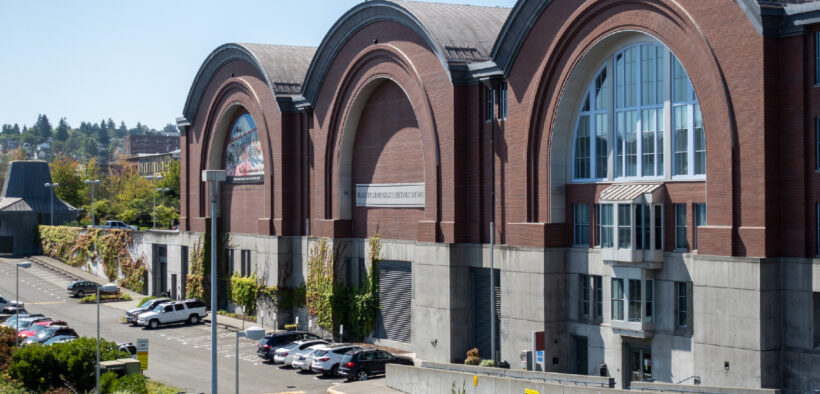My upper-level course on writing in the natural sciences was filled with technical writing or communication majors developing and honing their skills in writing, presentation, visual communication, and user experience strategies. Most had limited, if any, college-level natural sciences coursework. Students are taught to use the fundamental tenets of their home discipline—technical writing—and apply it outside of their discipline, the natural sciences. Since both technical writing and writing in the natural sciences engage in public communication, technical writing students should participate in what Salvo (2002) describes as “repeat[ed] cycles of observing, critiquing, articulating, and creating designs of information objects [i.e., texts].” Yet Johnson-Eiola (1996, 246) suggests that most technical communication projects enhance other processes, occupying “a secondary position to the users’ main objective . . . real work easily becomes defined in reductive, context-independent ways: small, decontextualized functional tasks rather than large, messy ‘real world’ projects.” Henning and Desy (2008, 41) amplify these considerations, further explaining that “students find it difficult to write in a manner that emphasizes the audience’s needs rather than the writer’s needs or the subject matter.”
Natural Science in a History Museum: An Exercise to Engage Interdisciplinary, Applied, and Career-Oriented Thinking

Related Articles
I have two loves: teaching and learning. Although I love them for different reasons, I’ve been passionate about...
Active learning is a mostly meaningless educational buzzword. It’s a feel-good, intuitively popular term that indicates concern for...
Perhaps the earliest introduction a student has with a course is the syllabus as it’s generally the first...
Generative AI allows instructors to create interactive, self-directed review activities for their courses. The beauty of these activities...
I’ve often felt that a teacher’s life is suspended, Janus-like, between past experiences and future hopes; it’s only...
I teach first-year writing at a small liberal arts college, and on the first day of class, I...
Proponents of rubrics champion them as a means of ensuring consistency in grading, not only between students within...








